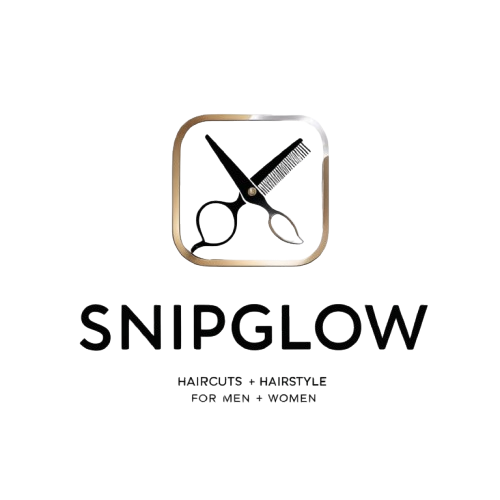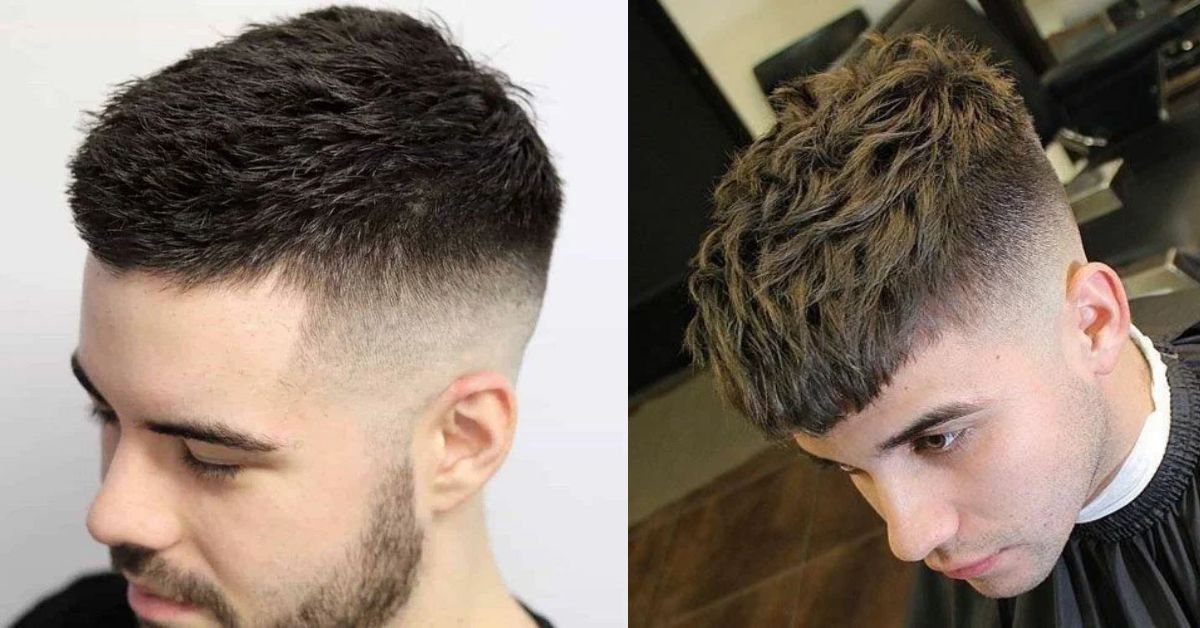Introduction
Choosing between a crew cut vs French crop can feel like standing at a crossroads in front of the barber’s chair. Both are sharp, timeless, and easy to maintain but they send completely different style signals. One screams classic confidence, the other whispers effortless edge.
So, which one fits your personality, face shape, and lifestyle? Whether you want a clean, no‑nonsense cut or a textured fringe that adds character, understanding the differences can save you from post‑barber regret. Let’s dive into the crew cut vs French crop battle and figure out which cut will have you walking out of the barbershop feeling unstoppable.
What Is a Crew Cut?
Short sides and short top hair progressed from front to crown characterize the classic, military-inspired crew cut. The look emerged from Ivy League rowers and later became popular as a practical summer style. It’s simple to maintain and always looks neat.
This cut usually supports hair that naturally stands up, and barbers shape it by tapering the sides and trimming the top to let hair fall upward. Some variations like the flat‑top or ivy league exist, all under the crew cut “family”.
Because of its uniform length, styling a crew cut requires minimal product. You might apply a light paste or pomade for texture, but often the cut looks good with nothing at all.
What Is a French Crop?
The French crop, on the other hand, has a somewhat longer top with a cropped fringe at the front and short sides and back. It’s a forward‑styled variant inspired by the military crew cut but adds a sleek fringe that falls over the forehead.
Originating in 1920s France, this style mixes practicality with a modern edge. It suits many hair types straight, wavy, curly and works well with most face shapes because of the fringe that helps soften or define jawlines.
Styling involves brushing hair forward, then using matte paste or clay to shape the fringe and top texture. It’s still low‑maintenance but offers more styling options than a crew cut.
Crew Cut vs French Crop: Key Differences
Fringe vs Lifted Front
The main difference is fringe. With the French crop, hair at the front hangs forward in a blunt fringe. With a crew cut, hair is styled up or kept short enough to stand on its own.
Styling and Complexity
A crew cut is simpler. It offers a uniform top length, easy upkeep, and rarely needs styling. Meanwhile, the French crop allows front fringe options and more texture styling, making it slightly more flexible but still easy to maintain.
Top Length and Variations
Crew cut hair on top is usually uniformly short—between half an inch to two inches—and graduated from front to crown. A French crop keeps top hair longer, enough to form that distinctive fringe. Also, varieties like textured or faded French crops offer creative space that the crew cut family doesn’t.
Ease of Maintenance
Both cuts are low‑maintenance, yet they differ. The crew cut requires less styling and fewer products. Many people just wash and go. In contrast, the French crop benefits from light styling each morning, especially to keep the fringe neat and textured.
Trimmings are needed every 4‑6 weeks for both styles. But with a French crop, preserving fringe length means minor shaping more often.
Face Shape & Hair Type Suitability
Face Shapes
On angular, square, or oval features, the crew cut seems sharp. It emphasizes bone structure. The French crop’s fringe softens wider foreheads and rounds out square faces, making it good for round or triangular shapes.
Hair Types
Crew cuts suit thicker hair that stands upright easily, though also work on thinner hair if cut right. A French crop is ideal for straight, wavy, or curly hair, as the fringe adds visual texture and can disguise thinning spots or receding lines.
Styling Tips for Each Cut
| Hairstyle | Styling Tips |
| Crew Cut | Wash and dry, use light paste for lift, push hair upward or let natural fold |
| French Crop | Brush hair forward, use matte clay or paste, shape fringe and texture |
Use products like matte pastes or lightweight clays for both. To style the fringe of the French crop, apply the product from the back to the front. For crew cut, work paste evenly to back and front to lift hair slightly.
Choosing Between Crew Cut and French Crop
First consider how much styling you want to do every day. The crew cut is the best option if you like a simple routine. It’s clean, simple, and needs very little product or shaping.
If you enjoy a little styling, want a fringe that adds personality, or want to soften your face shape, the French crop is perfect. It offers that forward fringe and texture while staying relatively low effort.
Also think about hair growth: if your hair grows fast and you like a softer hairline, the crop may keep shape longer without looking disheveled.
Modern Trends & Expert Advice
Recent grooming guides like GQ highlight the textured French crop and modern crew cut as top summer looks for 2025. Longer intervals between trims, soft structure, and natural texture are the main features of these styles.
Experts suggest matte products like paste, powder, or lightweight creams for a natural finish. Whether you choose a crew cut with a fade or a textured French crop, these are trending and smart choices all year round.
Summary Table
| Feature | Crew Cut | French Crop |
| Fringe | No | Yes |
| Front styling | Lifted or upright | Forward cropped fringe |
| Top length | Uniform and short | Slightly longer for fringe and texture |
| Style effort | Very low | Low to moderate |
| Face shape benefit | Angular, sharp features | Rounder faces, softening wide foreheads |
| Maintenance interval | Every 4‑6 weeks, minimal styling | Every 4‑6 weeks, fringe shaping mid‑trim needed |
Conclusion
At the end of the day, the choice between a crew cut and a French crop isn’t about which style is better, it’s about which style is better for you. The crew cut delivers a crisp, professional, and no‑fuss look that works in almost any setting. Meanwhile, the French crop offers a stylish, textured vibe with its forward fringe, perfect for adding personality without high maintenance.
If you want a haircut that stays sharp with minimal effort, the crew cut is your go‑to. If you’re ready for a little texture, movement, and a fringe that can transform your look, the French crop is the style to try. Either way, both haircuts are timeless, versatile, and guaranteed to keep you looking sharp.
FAQs
What is the main difference between crew cut vs french crop?
The crew cut lifts hair upward and has no fringe, while the French crop includes a forward fringe and longer top for texture.
Which style suits round faces?
A French crop with fringe helps to add verticality and soften roundness. The crew cut emphasizes angular features more.
How often should I trim each style?
Both need trims every 4‑6 weeks. The French crop may require minor trimming sooner to keep the fringe tidy.
Is the French crop harder to maintain than the crew cut?
It takes slightly more daily styling mainly shaping the fringe but remains low‑maintenance compared to longer haircuts.
Can I style both with minimal products?
Yes. Use light matte paste or clay on damp hair for easy hold. Crew cut may not need product daily; French crop benefits from light styling.

Hassan Raza is a passionate men’s grooming enthusiast specializing in modern and classic haircuts. He delivers expert insights, trends, and styling tips for all hair types.

